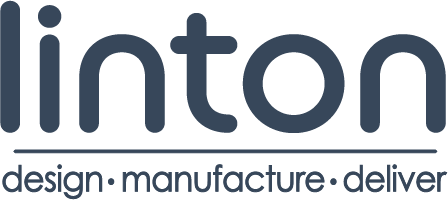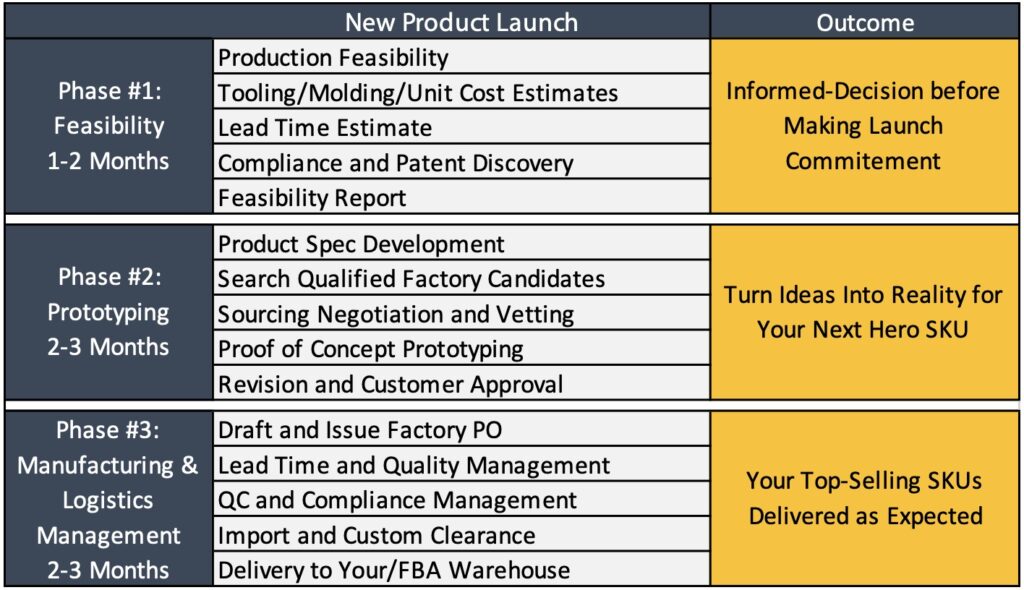Developing a New Product
Developing a new product is a challenging and exciting process, but it is not without its pitfalls. Many companies fall victim to common mistakes that can derail the entire process. A lack of preparation can be costly, both in terms of time and money. By understanding the potential pitfalls and how to avoid them, companies can increase their chances of success.
One of the most common pitfalls of developing a new product is failing to conduct thorough research. This includes researching the target market, competition, and feasibility of the product. Without this research, companies may end up developing a product that nobody wants, searches for, or that is not economically feasible to produce. It is essential to understand the needs and wants of the target market and to ensure that the product meets those needs. Additionally, understanding the competition can help companies position their product more effectively. Competitive equals should be used in the development process to improve upon existing ideas and outshine the competition once you go to market.
Failing to involve end-users in the development process is a common mistake that should be avoided at all costs. End-users are the people who will ultimately be using the product, and their feedback is critical to the success of the product. By involving end-users in the development process, companies can gain valuable insights into how the product will be used, what features are most important, and how the product can be improved. Leaving out the end-users can result in a product that misses the mark and fails to meet the needs of the target market.
In parallel, many companies fail to assess their new product idea from a realistic manufacturing angle, such as the upfront cost, lead time and even as detailed as quality control when developing a new product. It is essential to consider the cost of materials, labor, and overhead when developing a product. If the cost of production is too high, the product may not be profitable, or the price may be too high for the target market. Understanding the cost of production can help companies make informed decisions about pricing and profitability.
In addition to end-user testing, internal product testing is a must. Testing is critical to ensuring that the product meets the needs of the target market and is of high quality. Failing to test the product can result in defects, poor performance, or other issues that can damage the reputation of your brand.
Furthermore, companies may fail to properly market the product. Marketing is essential to the success of any product, and a poor marketing strategy will result in low sales and a lack of interest. It is essential to develop a comprehensive marketing plan that includes advertising, promotions, and other tactics to generate interest and awareness.
Developing a new product is a complex and challenging process. Failing to conduct thorough research, involve end-users, consider the cost of production, properly test the product, market the product effectively, and adapt to changing market conditions can all result in a failed product. By understanding these potential pitfalls and taking steps to avoid them, companies can increase their chances of success and develop products that meet the needs of the target market.
Throughout the design process, it is essential to explore supply chain and manufacturing options, so that when the time arrives to bring the product to market, you are not constrained by lead times or overseas shipping of prototypes. From the point where the product specifications are quotable, factories should be contacted to deliver initial pricing and lead time information. This will reduce the time it takes to ship prototypes and reveal the capabilities and communication styles of the factories. When moving into production, keep the following guidance in mind in order to streamline the transition from idea to reality:
Refine the Design
Before beginning the manufacturing process, it is essential to refine the design of the product. This means making any necessary changes to the design based on feedback from potential customers, market research, or other factors that may impact the success of the product. Once the design is finalized, it is time to move on to the prototyping stage.
Create a Prototype
A prototype is a physical model of the product that is used to test its functionality and aesthetics. There are several methods for creating prototypes, including 3D printing, hand-crafted models, and computer-aided design (CAD) programs. It is essential to create a prototype that accurately represents the final product.
Test the Prototype
After creating a prototype, it is important to test it thoroughly to identify any flaws or areas for improvement. This may involve user testing, focus groups, or other types of feedback gathering to ensure that the product is functional, user-friendly, and meets the needs of the target market.
Select a Manufacturer
Once the design has been refined, and the prototype has been tested, it is time to select a manufacturer. This process involves identifying potential manufacturing partners, evaluating their capabilities, and negotiating the terms of the manufacturing agreement. It is essential to choose a manufacturer that has experience producing products similar to yours and has a track record of delivering high-quality results.
Prepare for Production
After selecting a manufacturer, it is time to prepare for production. This may involve creating detailed production specifications, setting up supply chains, and establishing quality control measures to ensure that the final product meets the desired specifications.
Manufacture the Product
With the preparations complete, it is time to manufacture the product. This involves setting up the production line, sourcing raw materials, and overseeing the manufacturing process to ensure that the final product meets the desired specifications.
Quality Control and Testing
Once the manufacturing process is complete, it is essential to conduct quality control and testing to ensure that the product meets the desired specifications. This may involve conducting batch testing, performing visual inspections, and using other quality control measures to identify any defects or areas for improvement.
Launch the Product
Finally, it is time to launch the product. This involves developing a marketing strategy, creating packaging and branding materials, and reaching out to potential customers to generate interest and sales. With a well-designed product, a solid manufacturing process, and a strong marketing strategy, the chances of success are high.
Moving a new product design into the manufacturing stage can be a challenging and complex process. However, by following these steps, one can increase their chances of success and bring their product to market with confidence. With a solid plan, a commitment to quality, and a willingness to adapt and refine the design as needed, anyone can create a successful new product that meets the needs of the market.




